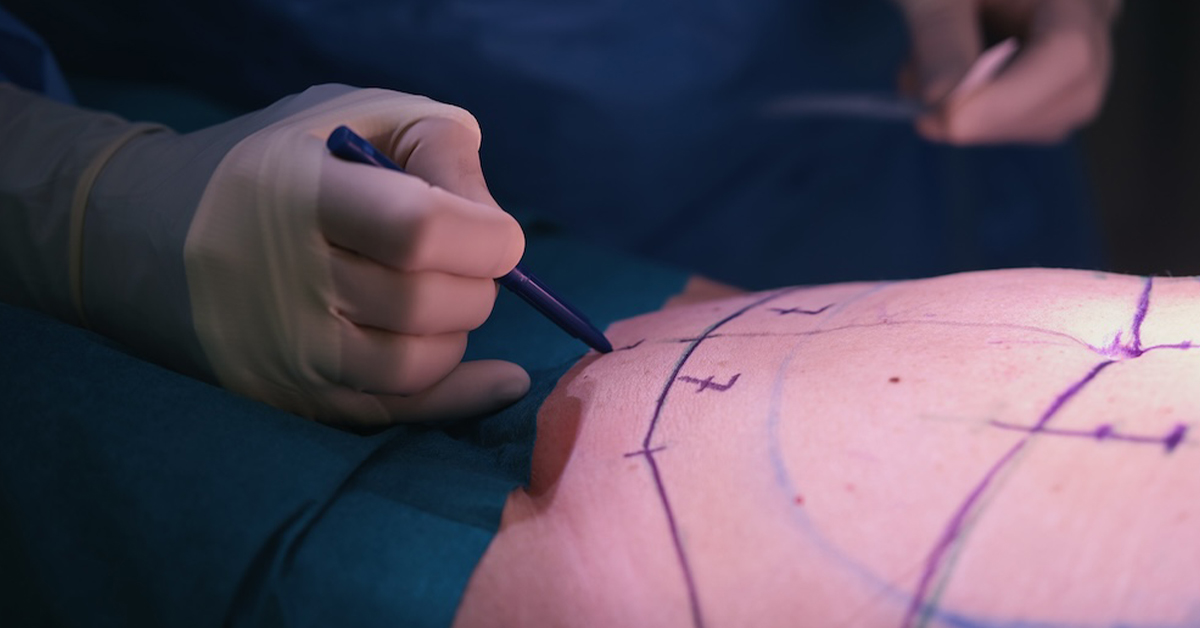Understanding Seroma After Liposuction: Causes & Treatment
Seroma after Liposuction is a frequent complication that can cause discomfort and impede recovery. This condition is characterized by the collection of clear-yellow fluid underneath the skin at the site of the Lipo procedure.
While some seromas may resolve naturally, larger or more symptomatic cases often necessitate medical intervention. Recognizing the causes and understanding the available treatment options for Seroma is crucial for effective recovery.
What is a Seroma and Why Does It Occur?
A Seroma is a fluid collection that forms under the skin at the site of the Liposuction. During Lipo, the surgeon removes fat from beneath the skin, which can create a space where fluid accumulates, leading to a seroma.
This fluid, typically clear or yellowish, is composed of blood plasma, lymphatic fluid, and tissue fluid. The formation of seromas is not entirely understood, but is often linked to tissue disruption and damage to lymphatic and blood vessels during the procedure.
Seromas are more likely in patients with extensive Liposuction, higher body mass index (BMI), or a family history of seromas. Other contributing factors include low protein intake or poor wound healing. Although seromas can occur with any Lipo, they are more prevalent in extensive fat removal procedures.
Treatment for seromas ranges from needle aspirations (draining the fluid with a needle) to Sclerotherapy (injecting medication to close the seroma cavity). In some cases, a seroma catheter may be used for continuous drainage, and surgical excision might be necessary for persistent or recurrent seromas.
Postoperative care, such as limiting physical activity, applying warm compresses, keeping the incision clean and dry, and wearing compression garments, can also aid in the healing and prevention of seroma recurrence.
Risk Factors and Causes of Seroma After Liposuction
Various factors can increase seroma risk after Liposuction, like the procedure’s extent and the patient’s obesity level. Extensive Lipo disrupts tissue and blood vessels more significantly, raising the risk of fluid buildup. Obesity also contributes to tissue disruption and hinders healing.
Risk factors include genetic predisposition and low protein intake. A family history of seromas and inadequate protein can impair tissue repair and regeneration, increasing seroma risk.
The surgical techniques used in Lipo can also affect seroma likelihood. Methods involving extensive tissue undermining or inadequate surgical closure can disrupt lymphatic drainage and create spaces for fluid accumulation.
Recognizing the Symptoms of Seroma After Liposuction
Recognizing seroma symptoms after Liposuction is key for seeking medical care. Symptoms include:
-
Balloon-like swelling in the treated area.
-
Clear or yellowish fluid discharge from the incision.
-
Discomfort or pain near the incision.
These symptoms usually appear within the first weeks post-surgery. Swelling might cause visible distortions, and discharge can be continuous or intermittent.
Prompt consultation with a healthcare provider for diagnosis and treatment is vital. Treatment for minor seromas might be conservative, but larger or symptomatic seromas often require medical intervention, including needle aspiration and compression garments.
Treatment Options for Seroma After Liposuction
Treatment for seroma post-liposuction varies with the condition’s severity. Mild seromas may resolve without intervention, but more severe cases need medical treatment, including:
-
Needle aspirations: Draining fluid with a needle and syringe.
-
Sclerotherapy: Injecting a sclerosing agent to promote scar tissue formation and prevent fluid buildup.
-
Seroma catheter placement: For efficient and continuous drainage.
-
Surgical excision: Removing the seroma cavity in severe cases.
Treatment choice depends on the patient’s specific situation. Additional self-care measures like limiting activity, applying warm compresses, maintaining wound hygiene, and wearing compression garments are also beneficial.
“Seeking medical care for seroma after Liposuction is essential. Untreated seromas can lead to complications like infection or abscess formation.”
Proper medical care and self-care are crucial for managing seromas after liposuction. If experiencing any concerning symptoms or worsening conditions, contact your healthcare provider promptly.
Conclusion
Seroma post-liposuction is a common, manageable condition requiring proper medical care and preventive measures for optimal recovery. Factors such as extensive Liposuction, obesity, family history, and low protein intake can contribute to seroma formation. While minor seromas might resolve naturally, larger or symptomatic ones need medical intervention.
If you experience a seroma, consult your healthcare provider for a tailored treatment plan. Assisting your healing through activity limitation, warm compresses, wound care, and compression garments
Liposuction in Miami, FL
Liposuction is a surgical procedure that can help you attain the body shape you desire. If you are interested in learning more, call us now at (305) 406-9055 or schedule a consultation online Now.







